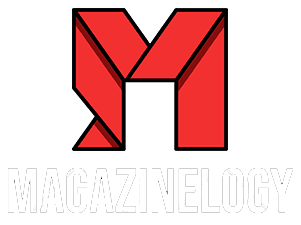In the intricate tapestry of human existence, ethical dilemmas often arise, challenging individuals and organizations to navigate through complex moral landscapes. From the corridors of power to the quiet corners of everyday life, ethical decisions shape our societies and define our character. In this article, we delve into a series of unique examples that illuminate the diverse facets of ethical decision-making, offering insights into the complexities and nuances that underpin our moral choices.

The Trolley Problem Reimagined:
Imagine a scenario where a runaway trolley hurtles ethical decisions examples down a track, heading towards five unsuspecting workers. You have the power to divert the trolley onto another track, saving the five workers but condemning one individual on the alternate track to certain death. Now, consider a twist: instead of a track switch, you have the option to pull a lever that will redirect the trolley onto a looped track, causing it to circle back and hit you, thereby saving the five workers. This variation of the classic ethical dilemma forces us to confront questions of sacrifice, selflessness, and the intrinsic value of human life.
The Vaccine Allocation Conundrum:
In the midst of a global pandemic, the issue of vaccine distribution presents a formidable ethical challenge. With limited doses available, how should governments and healthcare providers prioritize allocation? Should priority be given to the elderly and vulnerable, who are at greater risk of severe illness, or to frontline workers who are essential for societal functioning? Moreover, how do we address disparities in access between wealthy and impoverished regions? The allocation of scarce resources demands a delicate balance between utility, fairness, and compassion.
Corporate Responsibility in the Digital Age:
In an era dominated by technology giants, ethical considerations extend beyond traditional boundaries. From data privacy breaches to algorithmic bias, corporations wield unprecedented power over vast swathes of information and influence. How should these entities navigate the ethical minefield of digital responsibility? Should profit maximization always take precedence, or do corporations bear a moral obligation to prioritize the well-being of users and society at large? The intersection of commerce and ethics in the digital realm poses profound questions about accountability, transparency, and the societal impact of technological advancements.
Environmental Conservation vs. Economic Development:
In the quest for progress, societies often find themselves at odds with environmental preservation. The construction of infrastructure projects, such as dams or highways, may bolster economic growth but come at the expense of fragile ecosystems and indigenous communities. How do we reconcile the imperative of sustainable development with the imperative of environmental stewardship? Can we devise strategies that foster economic prosperity without compromising the integrity of our planet? The tension between short-term gains and long-term sustainability underscores the complexity of ethical decision-making in the realm of environmental policy.
Conclusion:
Ethical decision-making is an ongoing journey fraught with dilemmas, trade-offs, and moral uncertainties. By examining diverse examples ranging from philosophical thought experiments to real-world challenges, we gain a deeper understanding of the multifaceted nature of morality. In confronting these ethical quandaries, we are compelled to reflect on our values, assumptions, and responsibilities as individuals and as members of society. Ultimately, it is through thoughtful deliberation and conscientious action that we navigate the moral maze, striving to uphold principles of justice, compassion, and integrity in an ever-evolving world more

Leave a Reply